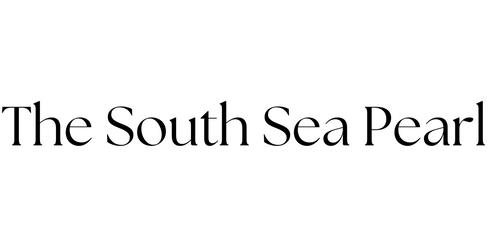Tahitian pearls are not just exquisite gems; they are nature's artwork, showcasing a remarkable range of colors that spark curiosity and inspire admiration. Sourced from the pristine waters of French Polynesia, these pearls are coveted by jewelry lovers and collectors alike. In this article, we will delve into the captivating color spectrum of Tahitian pearls, unveiling their artistry in hues, undertones, and cultural significance, while also providing insights into how to choose and care for these extraordinary treasures.
De Zuidzee Parel Blog
-
december 16, 2025
-
december 15, 2025
Elegant Tahitian Pearl Necklaces for Daily Elegance
Tahitian pearls, known for their stunning dark hues and exquisite luster, are a timeless choice for anyone looking to add a touch of sophistication to their everyday attire. These unique gems originate from the clear waters of French Polynesia and are cultivated using the Pinctada oyster species. Among the various styles available, Tahitian pearl necklaces stand out as versatile accessories that can elevate both casual and formal outfits. In this article, we will explore two remarkable Tahitian pearl necklaces that can effortlessly enhance your jewelry collection.
-
december 14, 2025
Tahitian Pearls vs. Other Pearls: Unique Wonders of the Sea
Treasured for their beauty and distinct charm, pearls have fascinated jewelry enthusiasts and collectors for centuries. Among the many varieties of pearls available in the marketplace, Tahitian pearls stand out due to their remarkable characteristics, especially their stunning colors and sizes. In this blog post, we will explore how Tahitian pearls differ from other types of pearls, including freshwater and Akoya pearls, while examining their origins in the breathtaking French Polynesia.
-
december 13, 2025
Elegant Tahitian Pearl Necklaces with Rich Dark Hues
When it comes to jewelry that embodies both natural beauty and sophistication, few pieces can rival the elegance of Tahitian pearls. These exquisite gems, harvested from the pristine waters of French Polynesia, are renowned for their unique dark tones and high luster. For those looking to elevate their jewelry collection, a Tahitian pearl necklace is an exceptional choice that can enhance any outfit, whether for a formal event or a casual gathering.




